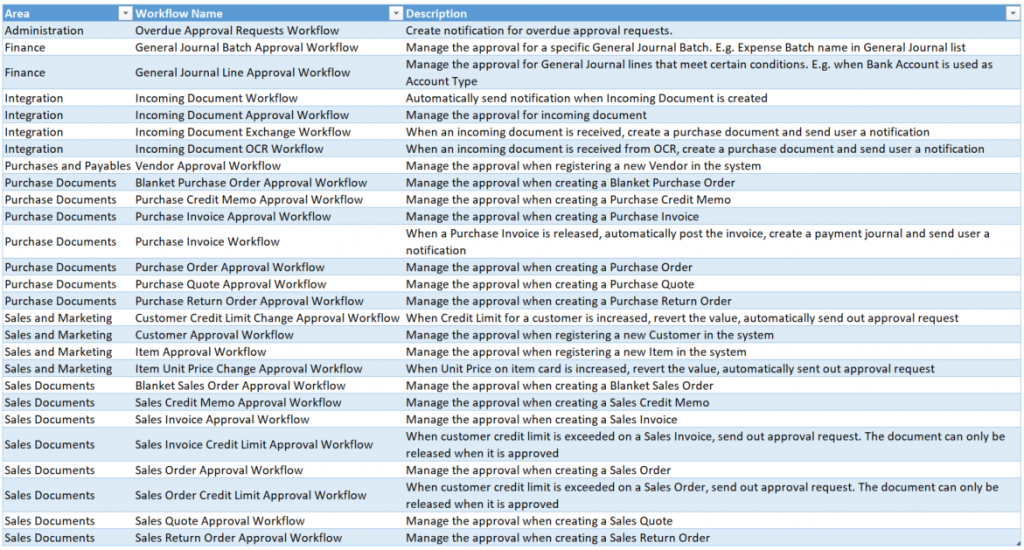Transparency and responsibility in the management of an organization have become increasingly important over the years.
As a result, we find many expatriates in the United States who struggle to handle their daily operations while having to strengthen internal control from a global perspective that is led by the head office overseas.
In this article, we will explore Microsoft Dynamics 365, highlighting its capabilities in meeting control requirements, adhering to audit standards, and simultaneously improving overall business efficiency.
Challenge 1: Manual Handling of Documents
Documents such as quotations, contracts, and acceptance records are managed on paper, or by individuals in charge. This manual process creates issues during accounting audits, where tracing a document trail becomes challenging, leading to delays in collecting original information.
Solution: Drill down of information using a single system
Dynamics 365 facilitates centralized data management, ensuring that all departments operate with consistent and up-to-date information. This helps in reducing data discrepancies and minimizes the risk of errors.
When accounting and sales/purchasing operations are managed with different systems, it is not possible to transparently see the origin information (accepting orders, ordering information, etc.) from the accounting system side. It takes a lot of work to match information and identify trails.
On the contrary, when all operations from accounting, sales, and purchasing are managed within a single system like Dynamics 365, it is possible to trace (drill down) from journal information to origin information. Accounting users can easily verify order details such as purchasing and who entered it. In a manufacturing setup, effortlessly following details like product lot numbers, expiration dates, work-in-progress (WIP) status, and associated costs becomes readily achievable.
Drill-down feature in Dynamics 365 allows you to attach documents such as signed quotes, contracts, and receipts to each order. This can reduce work in terms of collecting and checking trails during an audit.
In addition, it is also possible to strengthen the control with restrictions such as not being able to complete the order without attachment of the contract, or not being able to make sales without an inspection document.
Challenge 2: Lack of Standardized Internal Application and Approval Procedures
There is no standardized procedure for internal application and approval. Or alternatively, the rules for approval may exist, but managed through email or paper, which complicates the history tracking of approvals. Particularly in the United States, there are cases where compliance with local employees is not thoroughly set, resulting in purchase of equipment which their usage is questionable.
Solution: Dynamics 365 Workflow Function
Dynamics 365 incorporates a robust workflow function supporting various tasks.
By implementing workflows, organizations can set rules, ensuring that quotes or purchase orders over a certain amount require approval from relevant managers. The system records the history of approvals and rejections, simplifying searches during audits and verifying compliance with prescribed rules.

Implementing Dynamics 365 addresses the challenge of enforcing standardized operations and guidelines across diverse branches. Especially in cases where overseas affiliates have different values and corporate cultures, Dynamics 365 becomes an asset by aligning with operations, strengthening internal control, and easing audit-related tasks.
Conclusion
Microsoft Dynamics 365 serves as a powerful ally for organizations aiming to fortify internal controls and streamline Dynamics 365 audit processes. By leveraging its features, businesses can achieve operational excellence, enhance data integrity, and ensure compliance with regulatory requirements. As the business landscape continues to evolve, embracing innovative solutions like Dynamics 365 becomes imperative for staying ahead in the competitive arena.
Ready to dive into a world of stronger internal controls and more efficient audits?

